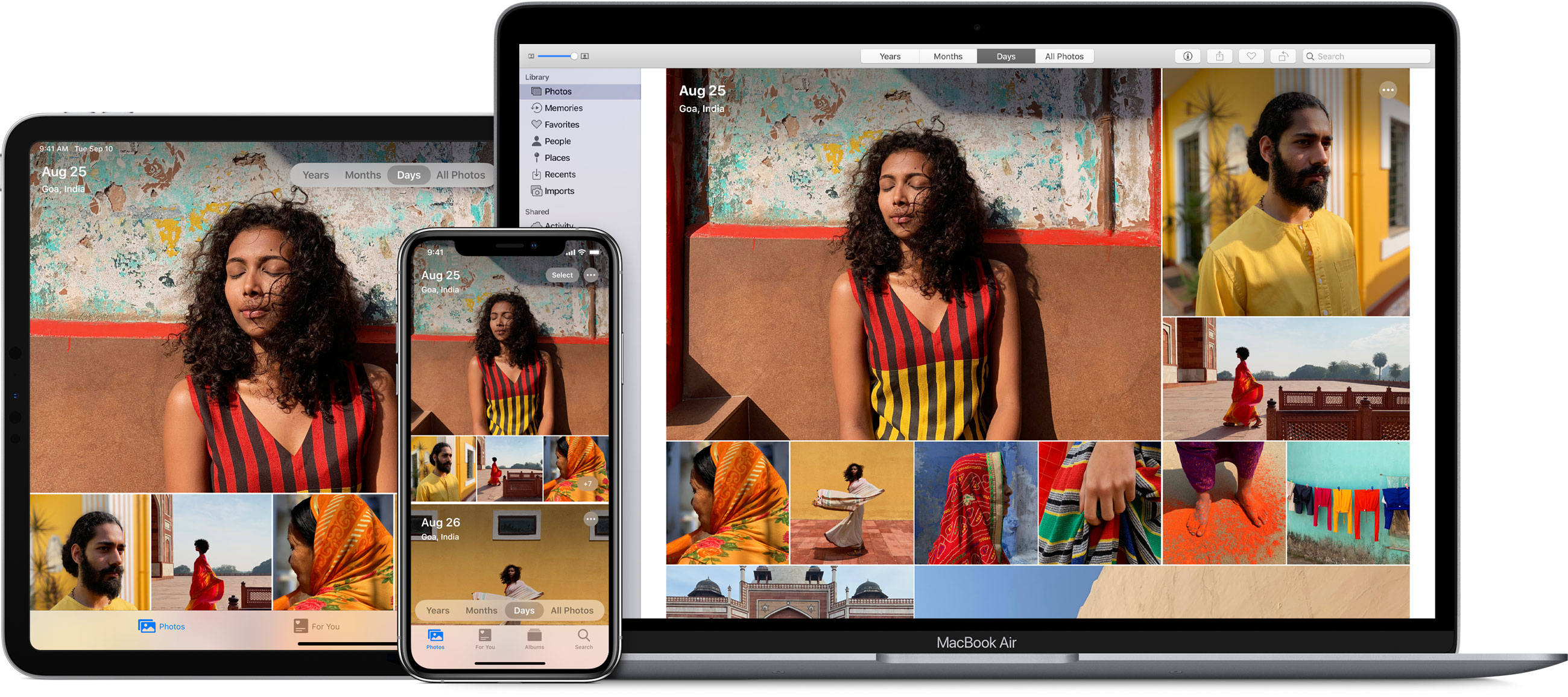

Open Terminal and cd into your iPhoto Library (by default, cd “~/Pictures/iPhoto Library”). If you’ve never used the Terminal before, read our guide about using the Terminal. Inside the iPhoto Library Package, there are four SQLite databases (face_blob.db, face.db, iPhotoAux.db and iPhotoMain.db). After the database has been vacuumed, it takes just a few seconds. For example, before this command, an iPhoto library of 8000 photos was taking more than 30 seconds to load. This is usually when you have a large library, but purging or vacuuming it can drastically improve opening times. IPhoto can sometimes take a long time to open. Please backup your iPhoto library before performing this procedure. Many have used this tip successfully to purge the iPhoto library database, resulting in quicker opening times and a general speed improvement. Note: Please backup your iPhoto database first.

Hold down the Command Option keys while iPhoto opens and the Photo Library First Aid window will appear (on versions 9.3 and later, older versions have a slightly different window).Īdvanced Tip – Vacuum or Purge the iPhoto library databases And then simply drag and drop the photos and videos to the timeline from the built-in Media Browser. Import photos or videos to the program You can click the 'Create a New Project' option to make photo slideshow. And then rung the program and go to the main interface as the image show.
IPHOTO FOR MAC TUTORIAL HOW TO
Apple’s document explains how to rebuild the database and what the different options do. First download and install the slideshow maker for Mac. If you’re still having problems after the update, follow the instructions below.Īpple provides specific instructions that apply to iPhoto versions 6 and later.
IPHOTO FOR MAC TUTORIAL UPDATE
You might find that a software update improves your iPhoto experience, so you might not need to take the steps below. Secondly, you should update your iPhoto to the latest version by choosing ‘Software Update’ from the Apple menu.

Sometimes doing this can resolve issues such as the library appearing to be unreadable, missing photos, or other issues related to the iPhoto Library database.įirst of all, make a backup of your iPhoto library. If your iPhoto Library is large and complex, the database and files themselves may need repairing or rebuilding. And Photos will import your Aperture libraries, though your projects will turn into folders in the Albums section.Solving Slow iPhoto Problems and other iPhoto Troubleshooting Now the good news: Some Aperture features (like the Split view, which I use all the time) are available in Photos ②. But if you rely on any Aperture features that Photos doesn’t support, prepare for disappointment. If you use Aperture because it’s more than iPhoto, but haven’t availed yourself of most of its features, you may find Photos sufficient (see Import from Aperture into Photos). For example, Photos doesn’t offer an adjustment brush to selectively apply an edit to the image. And Photos’ editing features, while solid, don’t match Aperture’s. Photos also doesn’t support plug-ins or editing in an external editor-both key features of Aperture. And star ratings and color labels are imported as keywords. Photos doesn’t support the concept of separate projects inside a single library. And the differences certainly don’t end there. I’ve built an entire workflow around shooting Apple events: resizing the images to Web resolutions, applying a watermark, and saving the result out as JPEGs to be uploaded to a server.Ĭould I do that same task in Photos? It doesn’t support tethered shooting, exporting multiple versions with different image-quality levels, or watermarks. I use it mostly to capture images on the fly directly from my Canon DSLR. There are new features, to be sure, including modified and expanded editing tools and more direct integration with iCloud, but with a little time, iPhoto users should be able to settle in comfortably. But with the optional sidebar displayed in Photos, you’d think you were using a slick new version of iPhoto. Star ratings have been demoted to keyword status, flagged items are now Favorites, and iPhoto Events are now just another kind of photo album. Photos can import your iPhoto library (see Import from iPhoto into Photos) and retains most, but not all, of the features of iPhoto. If you’re used to iPhoto, Photos won’t be that jarring.
IPHOTO FOR MAC TUTORIAL TRIAL
You can download a free 30-day trial to give it a spin. It’s tightly integrated with Photoshop and available as part of Adobe’s Photography bundle, which as of this writing costs $120 per year, and offers cloud features of its own. If Photos doesn’t float your boat and you’re an Aperture user, you might consider Adobe’s Lightroom. Both apps will probably still work for a while yet, but updates are extremely unlikely. Not to be a negative nelly, but you shouldn’t hold out hope that Apple will reconsider its decision. Apple’s announcement specified that iPhoto and Aperture would both be updated for compatibility with OS X Yosemite, but that’s it.


 0 kommentar(er)
0 kommentar(er)
